Hard-to-Recycle Plastics – Facing The Challenge
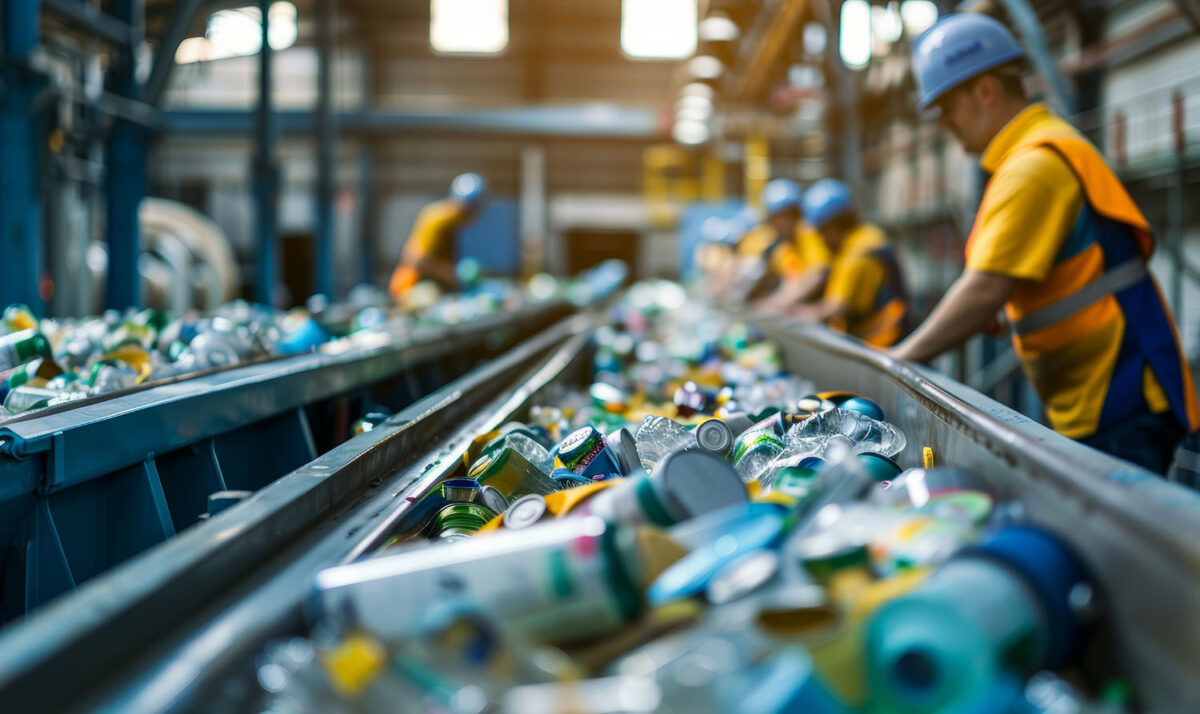
Recycling has become a turning point for environmental sustainability, reducing waste, and conserving natural resources. However, not all materials are equally easy to recycle.
Polymers are composed of long chains of repeating molecular units called monomers. This molecular structure endows polymers with desirable physical properties such as durability and flexibility. However, these same properties pose significant challenges to recycling.
You can also read: Rethinking the System: We Need Molecular Recycling
Variety of Polymers
The diversity of polymer types, each with distinct chemical compositions and physical characteristics, is the main reason for the complexity of recycling. Additionally, incorporating various additives and forming composite materials, which blend polymers with other substances, further complicates the recycling process.
Manufacturers introduce additives such as plasticizers, stabilizers, and colorants to enhance specific properties of polymers, making them suitable for various applications.
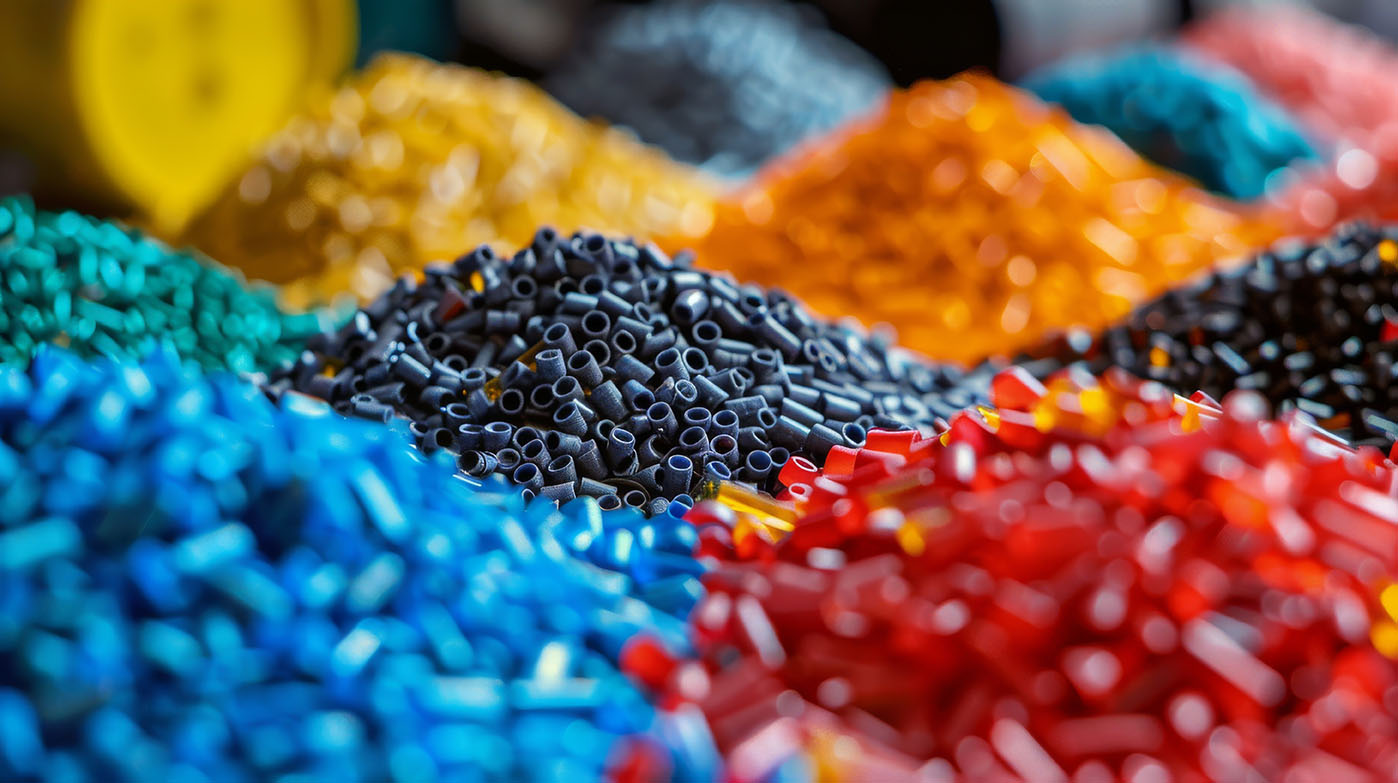
Additives and compounding in plastic manufacturing.
However, these additives can interfere with recycling processes by altering the thermal and chemical behavior of the polymers, requiring more advanced and selective recycling technologies.
Composite materials, which combine polymers with fibers, metals, or other polymers, create heterogeneous structures that are difficult to separate into constituent components. This separation is crucial for effective recycling but is often technically and economically challenging.
Understanding the Complexities of Recycling Challenging Plastics
Recycling certain plastics is particularly challenging due to their unique properties. Understanding these issues is vital for improving recycling methods and reducing plastic waste.
Thermosets
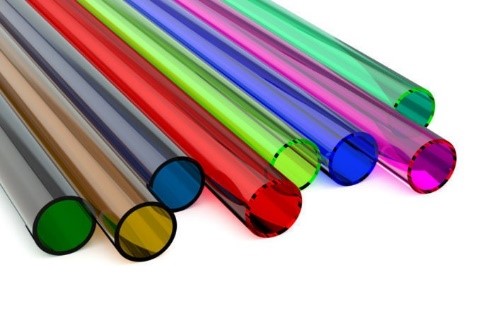
Thermosetting products. Courtesy of RevPart.
Thermosetting plastics, such as epoxy resins and phenolic resins, undergo a chemical transformation when heated. This process causes the polymers to crosslink, making them infusible.
The cross-linking process involves the reaction of functional groups on the polymer chains, this reaction initiates by heat, light, or chemical catalysts. Once these bonds form, the material cannot be re-melted or re-shaped because breaking the crosslinks would degrade its structure. This irreversible transformation distinguishes thermosetting plastics from thermoplastics and presents challenges for recycling and reprocessing.
Compounding Plastics
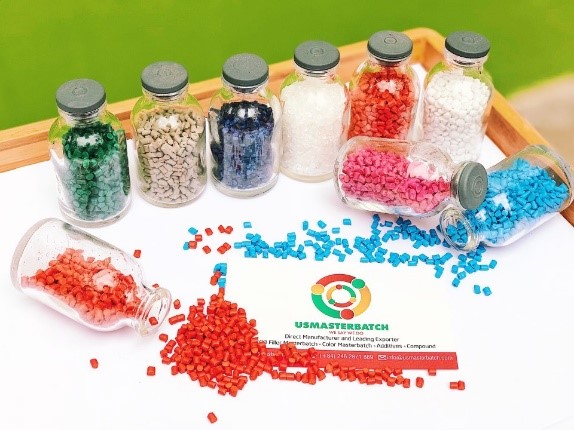
PVC Compounding. Courtesy of US MASTERBATCH JSC.
Engineers combine additives, plasticizers, and soluble polymers to create compound materials with enhanced properties for specific applications.
- Additives improve properties and performance, stabilizers protect from environmental degradation, flame retardants reduce flammability, colorants add pigments, and fillers enhance mechanical properties. By selecting appropriate additives, manufacturers can tailor polymer properties to meet specific requirements, extending their applications.
- Plasticizers increase flexibility and workability by reducing intermolecular forces in polymers, commonly used in products like flexible PVC cables and flooring. Soluble polymers, which dissolve in specific solvents, are valuable in coatings, adhesives, drug delivery, and water treatment. However, their solubility complicates recycling processes because separating the dissolved polymers from the solvents often requires energy-intensive methods such as distillation or chemical precipitation. Additionally, the solvents used for dissolving these polymers may be hazardous or difficult to manage, further complicating the recycling process.
Multi-layered Packaging
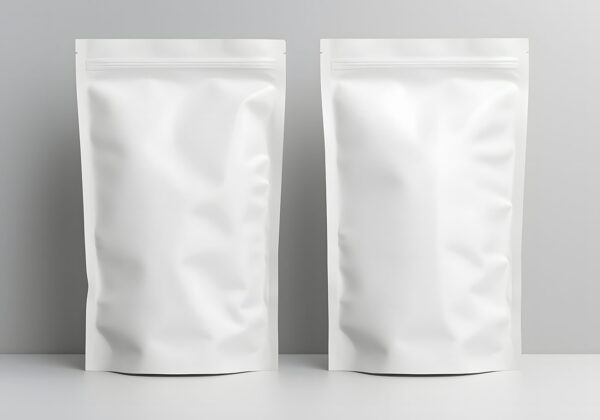
Multi-layered Packaging.
Manufacturers create multi-layered packaging materials by simultaneously extruding two or more different polymers through a single die in a process known as coextrusion. This technique combines various plastics or plastics with other materials like aluminum to form a single, cohesive structure with enhanced properties.
However, combining materials within a single packaging structure makes it difficult to separate and recycle the individual components. Traditional recycling methods often fail to manage these complex materials, as they cannot easily distinguish and segregate the different layers.
This complexity requires advanced recycling technologies, such as chemical recycling or specialized mechanical separation processes, which can be energy-intensive and costly. Consequently, multi-layered packaging often ends up in landfills, contributing to environmental pollution.
You can also read: Multi-Layer Plastic Packaging: Recycling Challenges and Perspectives
Foams
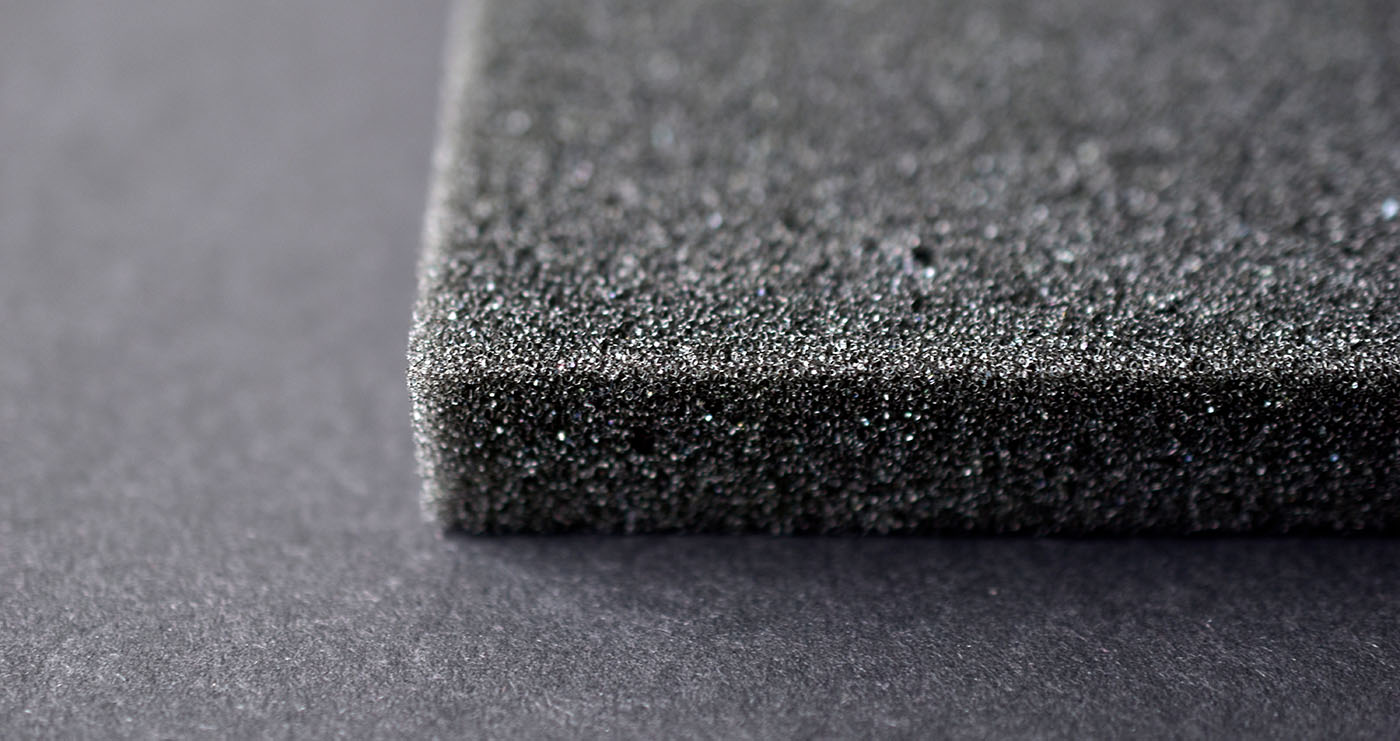
Traditional recycling methods often struggle to recycle foams effectively because of their lightweight nature.
Various applications use polystyrene and polyurethane foams due to their unique properties, but they pose significant recycling challenges.
- Polystyrene foam: composed primarily of styrene monomers, fills disposable food containers and packing materials. Valued for its lightweight and cushioning properties, its bulky nature and low density make collection and recycling difficult. The large volume demands significant space, complicating transportation and increasing recycling costs.
- Polyurethane foam: composed of complex polymers formed by reacting polyols with diisocyanates, serves as insulation, furniture, and automotive interiors. It provides excellent thermal insulation and cushioning but has a complex chemical composition that complicates recycling. Traditional recycling methods often fail to recycle polyurethane foam effectively, necessitating advanced techniques such as chemical recycling or reprocessing into new materials.
You can also read: Effective Pollutant Absorption Using Polyurethane Foams
The Potential Market of Hard-to-Recycle Plastics
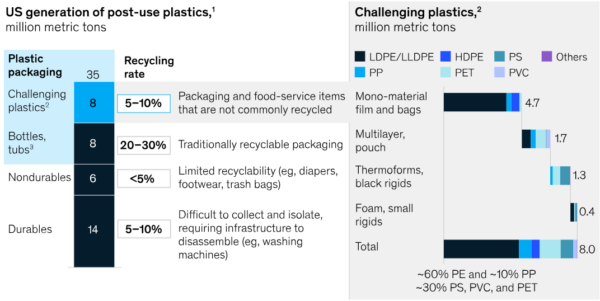
Recycling rates for post-use plastic packaging are not equal. Courtesy of Beyond the bottle: Solutions for recycling challenging plastics by McKinsey & Company.
In the United States, challenging plastics, which include packaging and food-service items not commonly recycled, have a low recycling rate of 5-10%. This category generates eight million metric tons of plastic waste annually, composed of mono-material films and bags (4.7 million metric tons), multilayer pouches (1.7 million metric tons), thermoforms/black rigids (1.3 million metric tons), and foam/small rigids (0.4 million metric tons). These plastics primarily consist of low-density polyethylene (LDPE), linear low-density polyethylene (LLDPE), and polypropylene (PP). The substantial volume of these materials represents a significant market opportunity for companies that can develop effective recycling solutions.
Addressing the low recycling rates of these materials requires not only improved collection and sorting methods but also advancements in recycling technologies. For companies in the recycling industry, this presents opportunities to capitalize on.
Innovative Solutions in Molecular Recycling
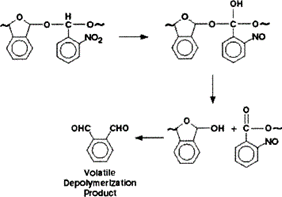
Structural representation of the polyphthalaldehyde acid-induced depolymerization mechanism. Courtesy of Encyclopedia of Physical Science and Technology
Recent advances in science and technology are offering promising solutions to these challenges. Innovations in molecular recycling, material science, and process engineering are enabling the recycling of polymers that society considers non-recyclable.
Molecular recycling is a broad sector that includes dozens of different technology processes that are characterized by the types of outputs they produce. According to Closed Loop Partners, there are three main categories of molecular recycling: Purification, depolymerization, and conversion.
Purification
This processes differ from other molecular recycling methods because they do not involve breaking the bonds of plastic polymers. Instead, purification is a physical process that utilizes solvents to remove color and additives from single-polymer feedstock or mixed plastics. This yields polymers that resemble virgin material. These processes ensure a plastic-to-plastic conversion.
Depolymerization
There are two types of depolymerization processes that both take single-resin feedstock and break down the polymer chains. They limit side reactions to produce a specific set of monomers or oligomers. For instance, polyesters like polyethylene terephthalate (PET) can be chemically depolymerized and then repolymerized, creating new PET with properties identical to the virgin material.
Conversion
These technologies break the bonds in the polymer chain and are categorized into “partial” and “full” sub-types. They target polyolefin plastics such as polypropylene and polyethylene, as well as polystyrene (PS). Partial conversion methods, like pyrolysis, break the polymer chains and may involve side reactions, resulting in a wide range of hydrocarbon products with varying molecular weights. Such as naphtha, paraffin waxes, other petrochemical products, and fuels. Full conversion methods, including gasification and flash joule heating, completely break down the polymer to produce syngas or elemental carbon. Moreover, it includes products like methanol and hydrogen. Also, full conversion technologies are notable for their ability to process mixed waste, including commingled plastics.
Examples of companies
- Eastman: Eastman leverages advanced molecular recycling to create sustainable products like Tritan™ Renew copolyester and Naia™ Renew cellulosic fiber. These materials, used in water bottles, food containers, and textiles, incorporate recycled content and maintain high performance and quality, highlighting Eastman’s commitment to innovation and environmental stewardship.
- Plastic Energy: Specializes in converting end-of-life plastic waste into feedstock for making new plastic.
- Agilyx: Employs pyrolysis technology to convert mixed plastic waste into crude oil.
- Brightmark: Uses advanced pyrolysis to turn plastic waste into useful products like fuels and waxes.
You can also read: Redefining Recycling: Depolymerization of PET
Innovative Sorting Technologies
Improved sorting technologies are essential for separating diverse types of plastics and removing contaminants. The most common Innovations include:
- Near-Infrared (NIR) Spectroscopy: NIR can identify, and sort types of plastics based on their spectral fingerprints.
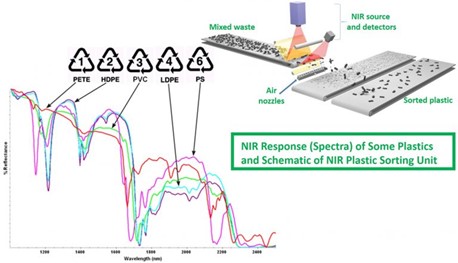
NIR imaging can separate plastics. Courtesy of Possibility Teledyne Imaging
- Robotics and AI: Automated systems using artificial intelligence and robotics can enhance the efficiency and accuracy of sorting processes.
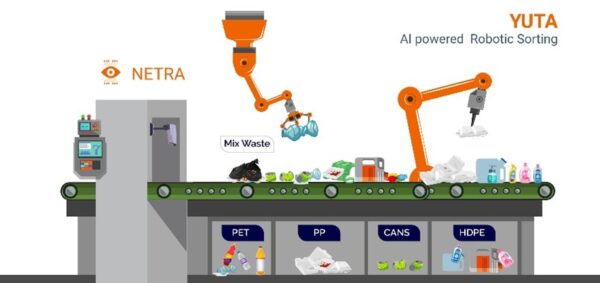
YUTA, AI Powered Industrial Robot Sorting. Courtesy of Ishitva Robotics Systems
You can also read: Packaging Sorting 4.0: Digital Watermarks & Fluorescent Markers
Real-World Applications for Innovative Recycling Projects
Several initiatives and projects around the world illustrate the potential of these innovations in recycling hard-to-recycle polymers.
- Loop Industries developed a technology for depolymerizing PET and polyester fiber waste into their basic building blocks. These monomers are then repolymerized into high-purity, virgin-quality PET plastic suitable for food-grade packaging.
- Carbios Enzymatic Recycling Project, a French company, has pioneered an enzymatic recycling process that uses enzymes to break down PET plastics into their monomers. This method can manage a wide range of PET products. This includes colored and opaque items that are challenging for traditional recycling methods.
A Roadmap for the Future
Although the industry has made considerable progress, it must achieve further advancements to make the recycling of hard-to-recycle polymers economically viable and environmentally beneficial on a large scale. Researchers and developers need to focus on key areas such as:
- Scaling Up Technologies: Molecular recycling processes are still in the pilot or early commercial stages. Scaling up these technologies to manage large volumes of waste is critical.
- Improving Economic Viability: Reducing the cost of chemical recycling processes and developing markets for recycled materials will enhance economic feasibility.
- Policy and Regulation: Government policies and regulations can promote recycling by incentivizing the use of recycled materials and supporting infrastructure development.
Recycling hard-to-recycle polymers is a complex but essential task for reducing plastic waste and mitigating its environmental impact. Innovations in chemical recycling, biodegradable polymers, and advanced sorting technologies offer promising solutions.
